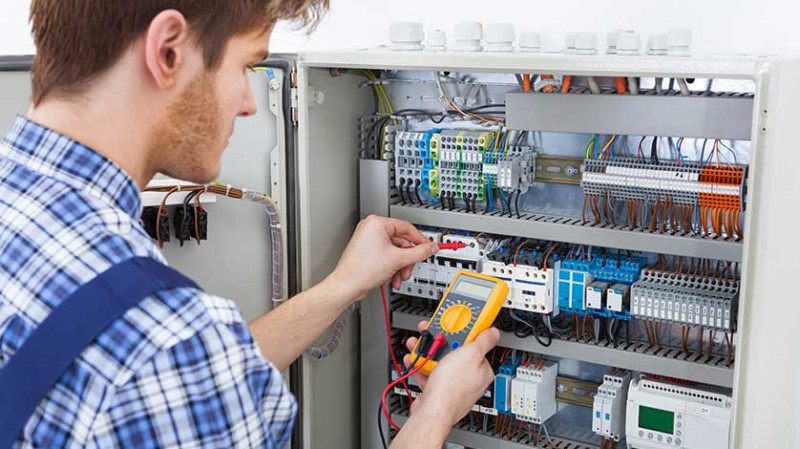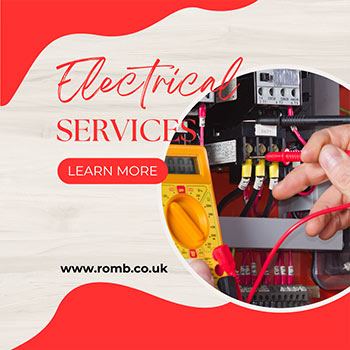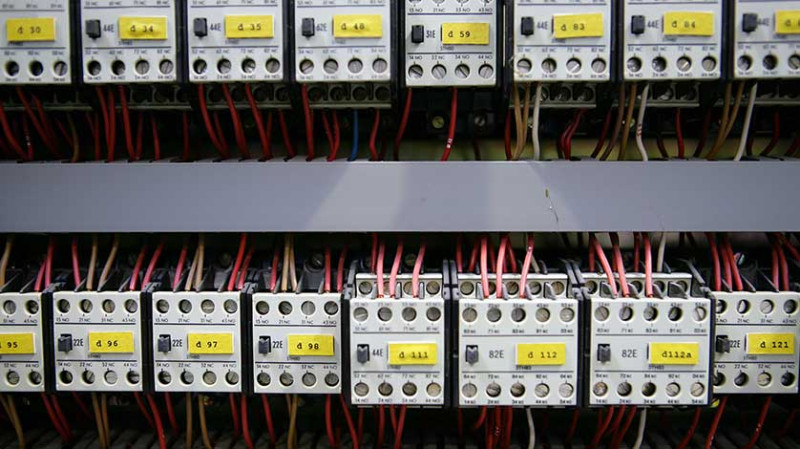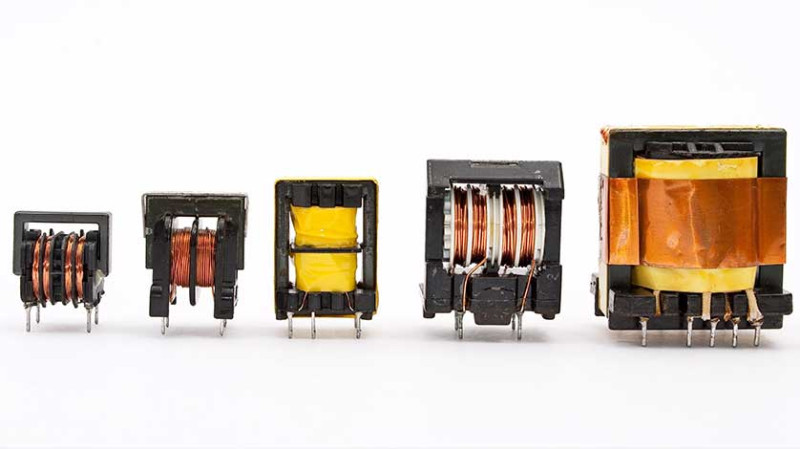
Have you ever wondered how the electrical circuit behind your walls powers everything from your smart fridge to your stylish pendant lights? Whether you're a DIY enthusiast planning your next home renovation, an interior designer selecting lighting schemes, or a property developer overseeing a full-scale refurb, understanding how electrical circuits work is essential. In this guide, we’ll demystify the four core electrical units—Volts, Amps, Ohms, and Watts—and explain exactly how they come together to create the circuits that power your home and workplace.
What Is an Electrical Circuit?
At its most basic, an electrical circuit is a loop—a closed path through which electricity flows. This loop must be complete for electrical current to travel. Much like water flowing through pipes, electricity travels through wires, powering everything it meets along the way, from light switches to ceiling fans. If the circuit is broken (say, by a switch being turned off or a faulty wire), the flow stops and the connected device won’t work.
Circuits consist of several components working together: a power source (like the mains electricity or a battery), conductors (usually copper wires), a load (such as a light bulb or appliance), and potential controlling devices like switches or circuit breakers. All these elements must function correctly—and safely—for the circuit to operate efficiently.
In your UK home or office, these circuits are housed behind walls, usually divided between lighting and power (socket) circuits, each designed with protection devices like MCBs (Miniature Circuit Breakers) in the fuse box or consumer unit. Understanding how these parts link together can help you troubleshoot, plan upgrades, or even speak more confidently with your electrician.
Breaking Down the Basics: Volts, Amps, Ohms, and Watts
To truly grasp circuits, we need to get friendly with four key electrical terms: Volts (V), Amps (A), Ohms (Ω), and Watts (W). These aren’t just textbook jargon—they’re practical tools. Together, they describe how electricity behaves in a circuit and help you select the right products and plan installations more safely and efficiently.
Think of them as the language of electricity. Once you can understand how to "speak electric," you’ll find it far easier to complete successful installations—whether you’re choosing LEDs, installing dimmer switches, or rewiring an extension.
What Are Volts (V)?
Voltage is the pressure or force that pushes electrical current through a circuit. In the UK, our standard mains voltage is 230V. That’s the energy motivating current to move from the power source to the devices plugged into your wall sockets.
Still using the water analogy: if electrical current is like water flow, voltage is the water pressure. A higher voltage means a stronger push, which is why different countries have different standards (for instance, the US has 120V mains, far lower than the UK’s).
Understanding voltage is crucial when you're installing or selecting electric devices. Always make sure your bulb, appliance, or fixture is rated for 230V to avoid short circuits or hazards.
What Are Amps (A)?
Amps measure the amount of electric current flowing through the circuit. This refers to how much electricity is passing by a given point each second. A small appliance, like a phone charger, might only draw 0.5 amps, while a kettle can draw as much as 13 amps.
If voltage is the pressure, amps are the volume of water flowing through the pipe. More amps, more electricity. But beware—an overload of amps on an undersized wire can overheat and cause fires, which is why fuse ratings and cable sizes matter.
If you’re adding new plug sockets, underfloor heating, or power-hungry kitchen appliances during a home renovation, understanding the amp draw will help you decide on proper cabling and ensure your consumer unit can handle the demand.
What Are Ohms (Ω)?
Ohms measure resistance to the flow of electricity. All materials resist current to some degree, and Ohm’s Law tells us that the more resistance, the less current flows. Resistance is particularly important in lighting circuits, heating elements, and specialist circuitry such as dimmers or LED drivers.
You want low resistance in your conductors (wires) and high resistance in your insulators (cable sheathing, device casings). When resistance is too high in a conductor—perhaps due to corrosion or poor connections—it can create dangerous heat build-up.
High-quality electrical components are tested to meet resistance standards, which is key in both safety and efficiency. Architects and designers specifying lighting should ensure all fixtures are compatible with their control systems—matching resistance and compatibility reduces flickering or system stress.
What Are Watts (W)?
Watts represent power—the actual work being done or energy consumed. Put simply: if volts are the pressure and amps are the current, watts are the end result of that combination.
The wattage rating tells you how much electricity an appliance or fitting uses per second. A 60W bulb consumes 60 watts of power per second. If you're working on a kitchen redesign and considering lighting outputs, total wattage tells you if your circuit can handle the load.
Watts = Volts x Amps. That handy formula helps you balance power distribution on any circuit—useful when installing multiple LED lights, radiators, cookers or even charge points for electric vehicles (EVs).
The Importance of Ohm’s Law in Circuit Design
Ohm’s Law is a fundamental formula used by electricians and engineers to calculate safe and functional circuits. It links volts, amps, and ohms in the following way:
V = I × R
Where V is Voltage, I is Current (Amps), and R is Resistance (Ohms).
This formula reveals how all three values relate to each other. For example, if you increase the resistance in a circuit but maintain the same voltage, the current will fall. This is crucial when planning out lighting layouts or installing resistance-based heat mats in a bathroom.
Conversely, if you reduce resistance or increase voltage without adjusting wiring size or safety components, you may overdraw current and damage the circuit. Understanding Ohm’s Law helps professionals and skilled DIYers make safer, more energy-efficient installations.
Table: Summary of Electrical Units
| Unit | Symbol | What It Measures | Typical UK Examples |
|---|---|---|---|
| Volts | V | Electrical Pressure | 230V UK Mains Voltage |
| Amps | A | Current | 13A for Kettles/Heaters |
| Ohms | Ω | Resistance | Used in Loads/Appliances |
| Watts | W | Power | LED Bulbs: 5–15W |
Real-World Applications in UK Homes
Understanding circuits isn’t just for electricians—it’s for anyone upgrading their home or managing property refurbishment. For DIYers, it aids in making smart decisions when installing lighting, adding sockets, or calculating the number of devices a circuit can handle safely.
Architects and designers benefit from planning lighting installations that not only look beautiful but are also functional and energy-efficient. Nothing damages ambience like circuit overloads or flickering because of underpowered drivers or transformers.
Professional tradespeople, meanwhile, rely on these core concepts to ensure compliance with BS 7671 wiring regulations. Knowing how volts, amps, ohms, and watts interact helps with selecting cable sizes, fuses, and planning future-proof circuits for home offices or EV charger points.
Conclusion: Knowledge Is Power (Literally!)
A solid understanding of electrical basics can save you time, money, and stress. Whether you're selecting lighting for a kitchen refurbishment, managing a full-flat renovation, or simply installing LED downlights correctly, understanding the roles of volts, amps, ohms, and watts helps you make safer and more informed decisions.
If you’re ever in doubt, always consult a Part P registered electrician—but with these core concepts in your toolbox, you’ll be better equipped to ask the right questions and ensure your vision is realised beautifully and safely.
For more help with planning your next electrical or lighting project, browse our full range of energy-efficient fittings, smart home devices, and installation accessories—all designed to meet UK standards and homeowners’ needs.






